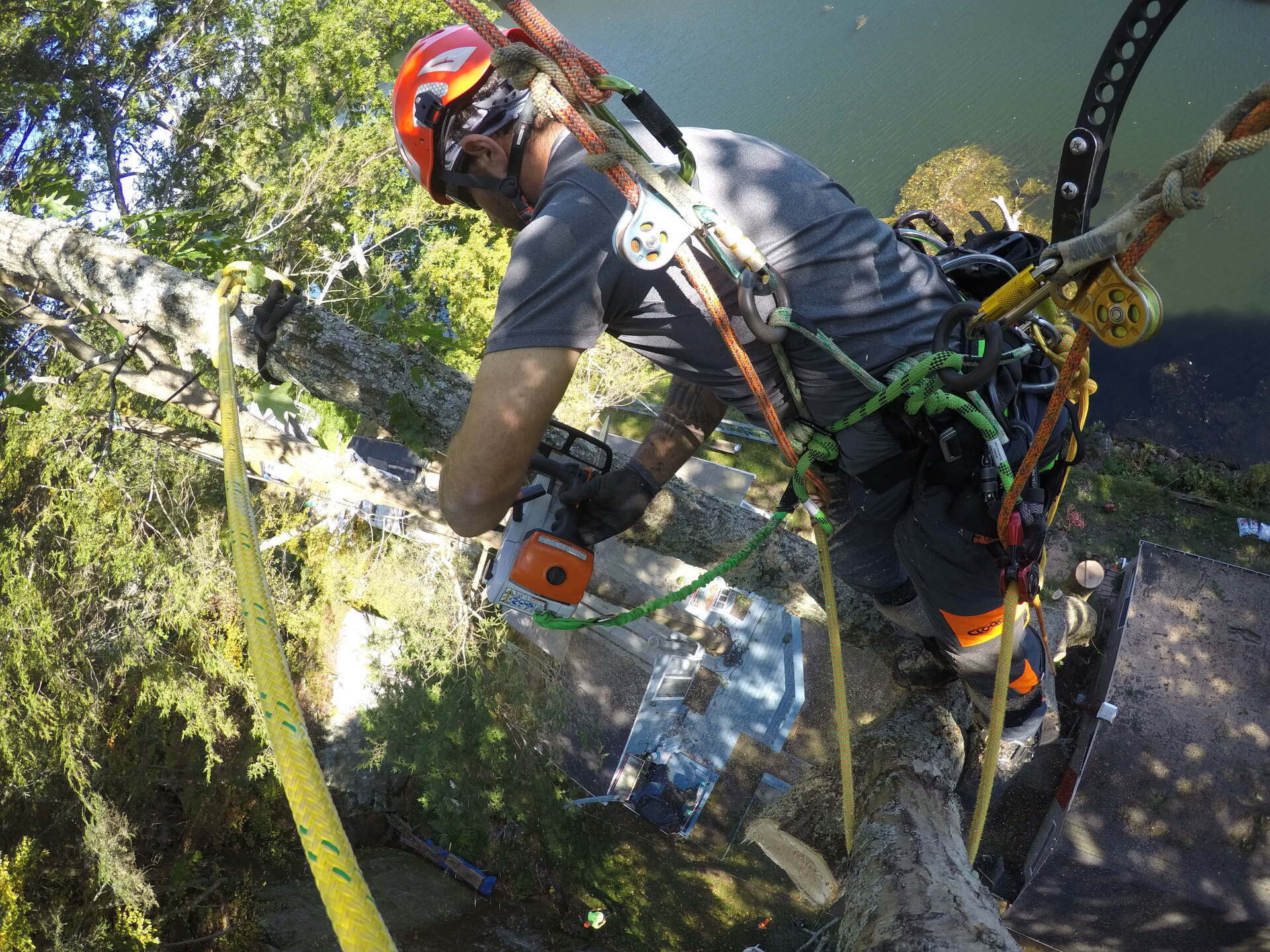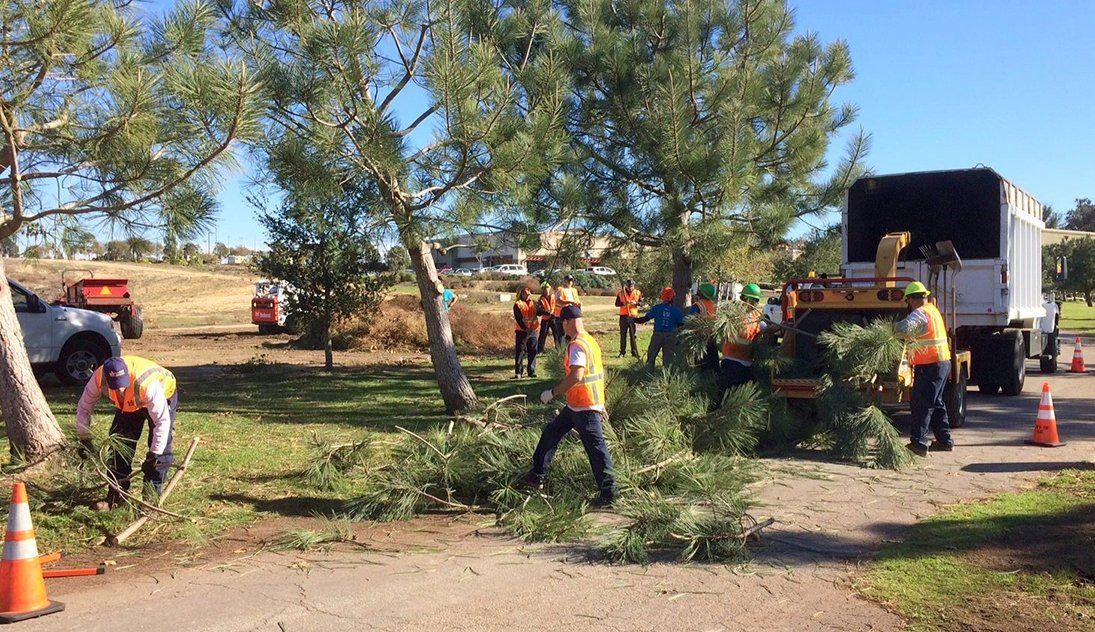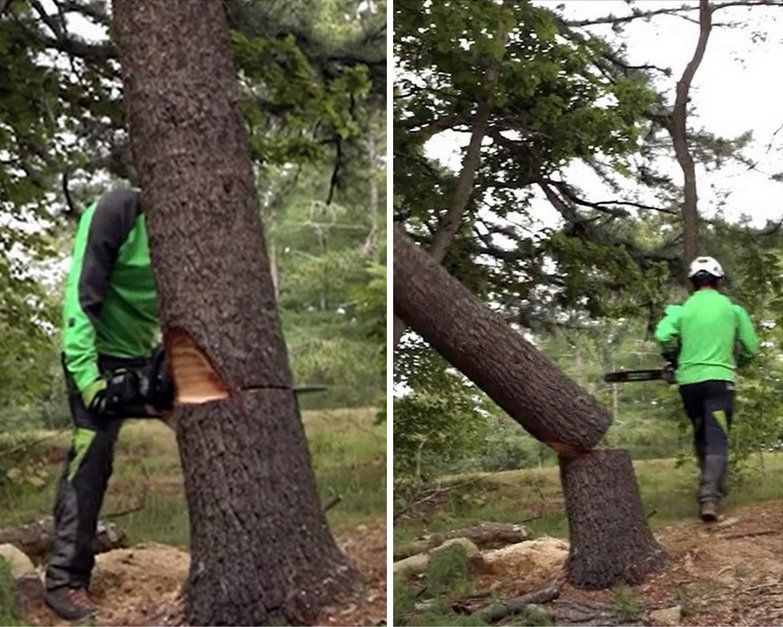ARBORMASTER BLOG

With so many options for tree climbers in this day and age and social media being such a huge influence, how do we make decisions on purchasing equipment and the systems we use to perform the tasks that face us in our day to day operations. A major push towards SRS/SRT systems in modern tree climbing has left many forgetting the power and versatility of using MRS/Double Rope systems to be the most effective and productive climber we can be. At ArborMaster Training, we encourage our students to select the right system for the task at hand and not be completely committed to one or the other. Both of these powerful weapon climbing systems can travel with you wherever they are needed in the canopy with a tool we have with us every climb, our Work Positioning Lanyard!! I like to tell my students that "SRS systems will get you anywhere, but they won't get you everywhere". Sometimes it takes that little bit of the MRS advantage to get those couple of extra feet to make the perfect cut. SRS systems are an extremely effective way to access and work position in the canopy giving yourself the best work position by having the ability to redirect and have no worries that friction will affect your ability to navigate through your work plan. SRS systems can also make certain tasks when work positioning difficult because when getting in and out of these positions, the climber will have to pull their entire body weight back up and on to the rope to create enough slack to advance.

1. Jobsite Briefing H.O.P.E The best way to ensure the whole crew is prepared for safe, efficient work is to conduct a jobsite briefing before the tree work begins. The entire arborist team should participate in the jobsite walkaround led by the crew supervisor. Use the acronym H.O.P.E. to cover the four basic steps of the arborist jobsite briefing: Hazards — things on the jobsite that could be dangerous to arborists Obstacles — people or things on the jobsite that can be hurt or damaged by equipment Plan — tasks that need to be performed and positioning of the individuals involved. Equipment — the equipment and PPE needed to safely and efficiently complete the plan

One of Noah Webster’s definitions of an accident is “an unplanned event.” So, it stands to reason that to avoid accidents, you must plan your work and work your plan! When felling trees, it is vital that arborists have and use a tree felling plan. The following five-step tree felling plan incorporates up-to-date cutting methods, is widely used by professional chainsaw operators worldwide, and has recently been adopted into the ANSI Z-133.1 standard for tree-care operations. Using the five-step tree felling plan will help you to achieve successful results consistently.



